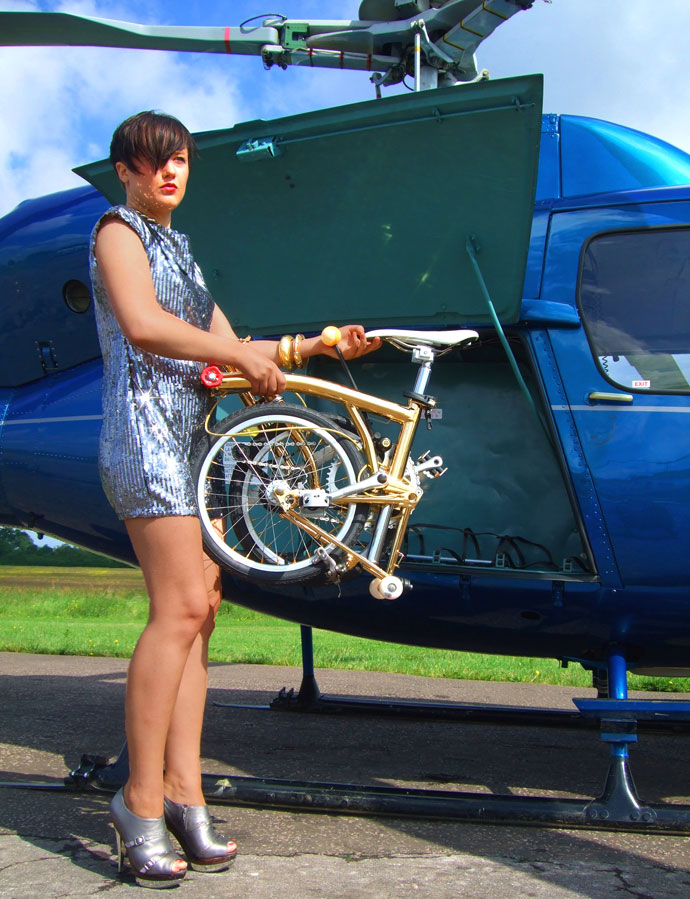There’s always a sense of trepidation when you check a bicycle in as luggage with an airline, but there are steps you can take to minimize the chance of it being damaged in the hold.
Flying with your bicycle
First things first. You face a choice over how to package bicycle: Cardboard box, bag or rigid plastic case.
A cardboard box is cheap and recyclable, but unless you spray the image of a bike on the outside (which some people do) it’s not always obvious to baggage handlers that it contains precious cargo.
Bike bags are huge transparent plastic sacks. Baggage handlers can there’s a bike inside and should place the bag on top of other cargo. When you get to your destination the bag packs down, but it remains a bulky item to carry and wasteful to discard unless you leave it in an airport locker until your return.
Rigid plastic cases are expensive but make sense for fragile road bikes and only make sense for those cycling from a base where the case can be stored.
- If you are using a cardboard box, add extra layers of cardboard to the corners and don’t stint on the duct tape.
- Take some packing tape with you as if customs examine the box, they are under no obligation to repack it correctly
- Remove pedals, wheel skewers and anything else pointy that may puncture the box. Take off the rear derailleur & cable-tie it to the inside of the frame. Remove the handlebars and stem and cable-tie them to the frame. You might even consider removing the cranks – you can reinstall them with a hex key.
- The airline will ask you to deflate the tyres, but leave a little air in to protect the rims
- Use padding inside the box– water tank lagging from a DIY shop is cheap and thin enough to slip down the side of the bike in the box and very lightweight.
- Scrunched up newspaper weighs more, but offers a more environmentally friendly option if you can find somewhere to recycle it at your destination. If you are using a bike bag, foam pipe cladding is perfect for protecting your frame. It works pretty well as a swimming pool flotation device / plaything for your kids when you’re finished with it, too.
- Ask your local bike shop for some of the fork spacers that come with new bikes as they will offer added protection
- Don’t forget to weigh your bike including all the packaging as you don’t want to be surprised by a luggage surcharge (some airlines charge a bike surcharge irrespective of weight, others include an allowance of up to 20kg)
- Allow extra time for your check-in
- Always get a receipt for your bike so that if it’s damaged in transit you can make a claim for repairs. Alternatively, get the bike covered with ETA cycle insurance, which covers against damage to the bike while it is in transit.
ETA covers your bike against theft, accidental damage and vandalism when you travel abroad, go cycle touring or take your bicycle with you on holiday. Each policy includes 90 days cover for the rest of Europe plus 60 days worldwide.
You can claim for theft, accidental damage and vandalism when you are abroad, but the other parts of the insurance such third party and cycle rescue, will not apply. The personal accident part of the insurance works only in Britain. If you are concerned that you will be without third party cover while you are away, check your travel insurance policy as you may find it is included.
If you prefer to not get an annual cycle insurance policy, and want cover only against theft of your bike, consider a travel insurance with bike cover included. Annual European multi-trip travel insurance from the ETA costs £60.80 and covers bicycles up to £1,000 as standard. Other benefits include medical expenses of £10,000,000, cancellation of £5,000 and baggage of £3,500.

0 Comments View now